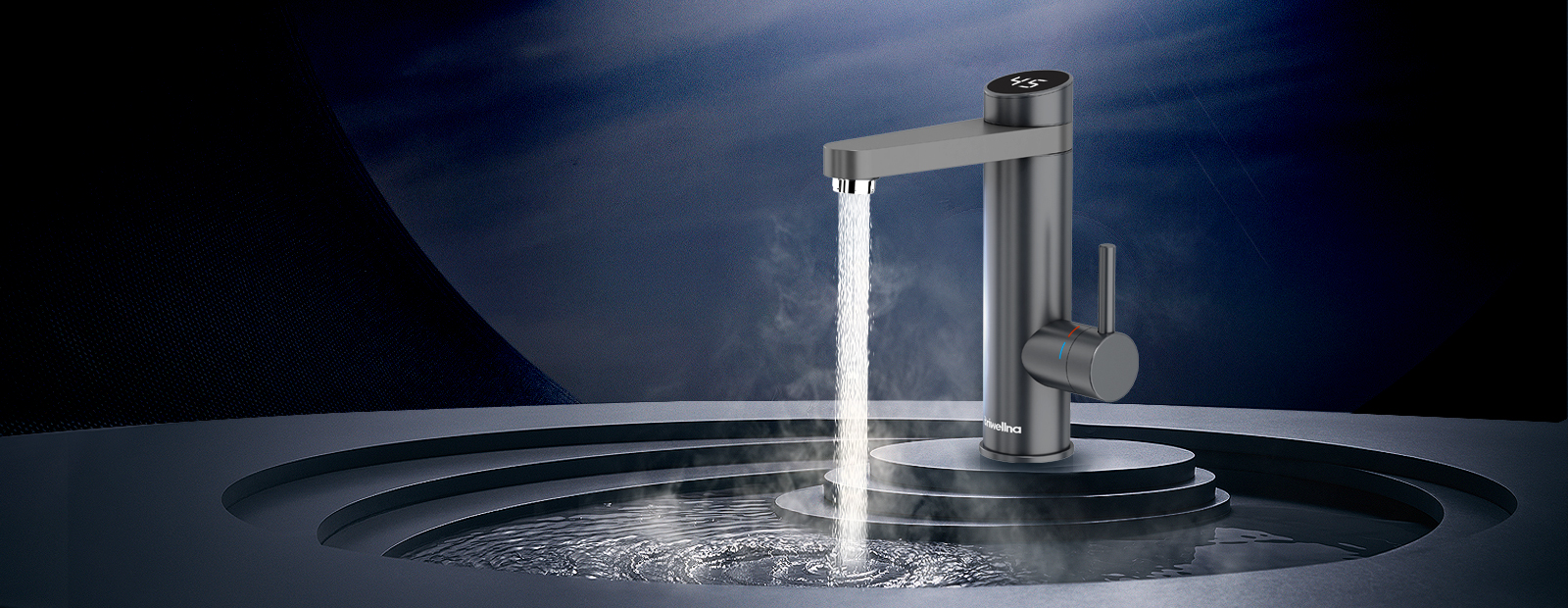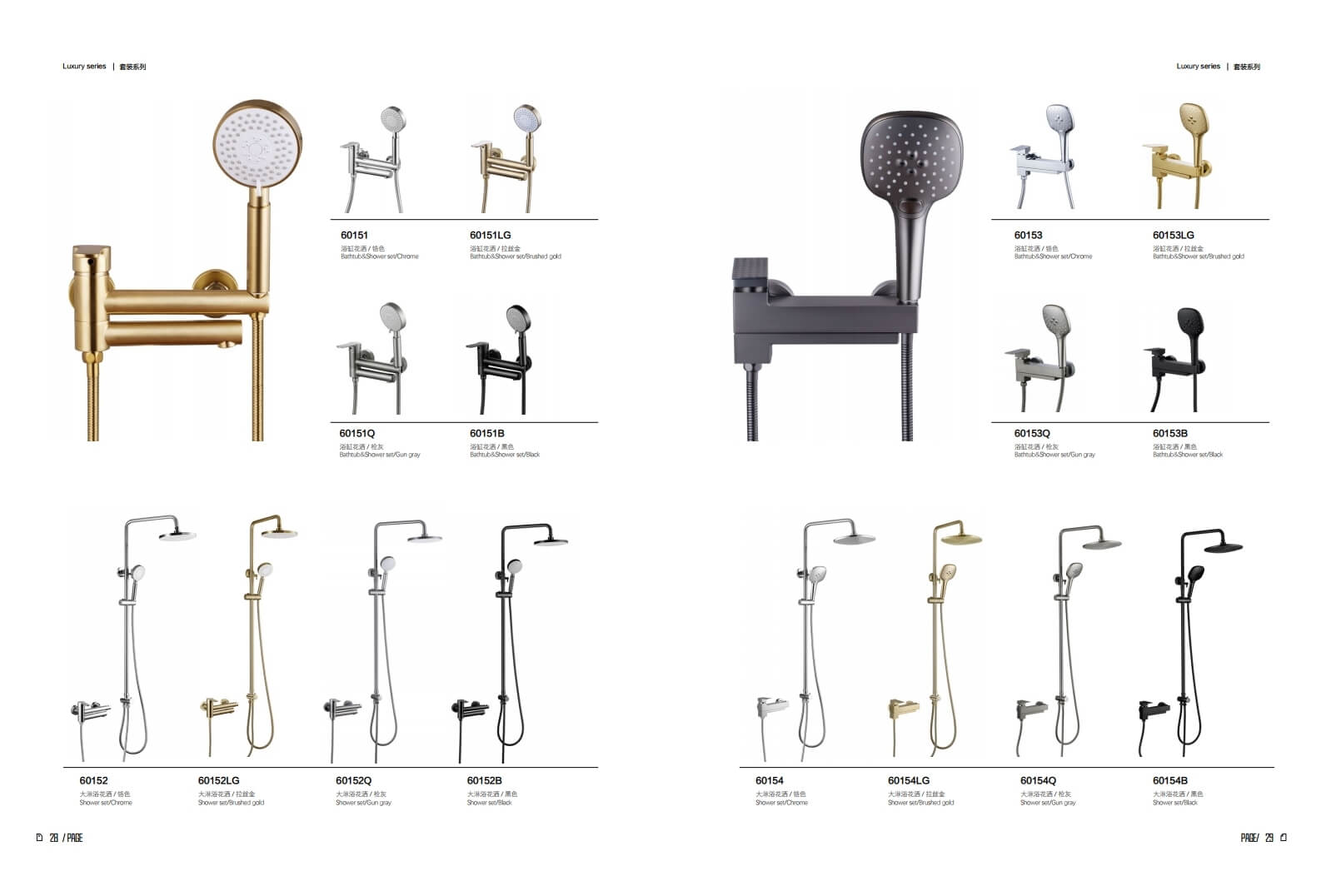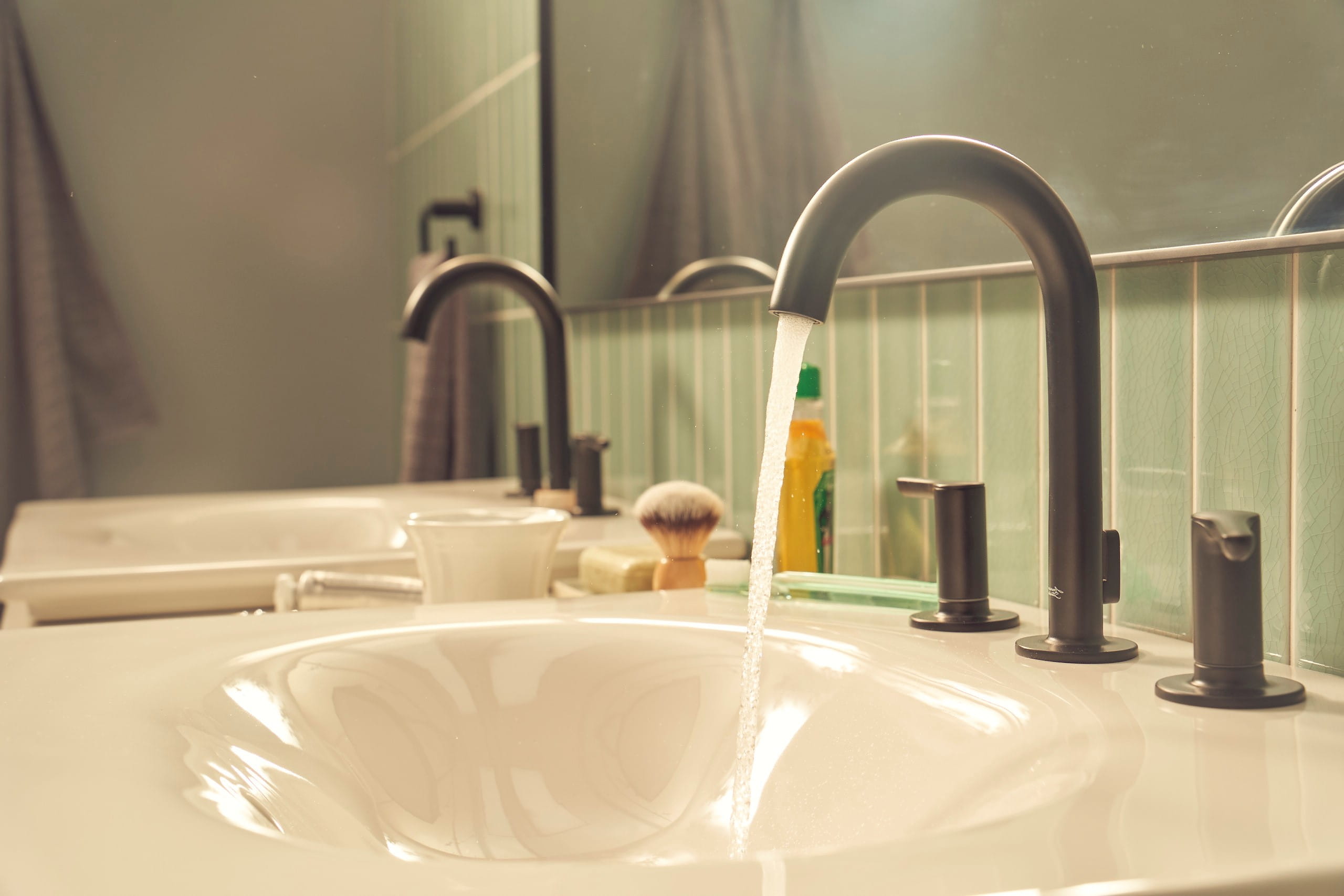Introduction to Stainless Steel Bathroom Faucets
Stainless steel bathroom faucets have become increasingly popular in recent years, thanks to their durability, style, and affordability. They offer a range of advantages over traditional chrome or brass faucets, making them a smart choice for any bathroom remodel.
Advantages of Stainless Steel for Bathroom Faucets, Stainless steel bathroom faucet 3 hole
Stainless steel is a highly durable material that can withstand the rigors of everyday use. It is resistant to corrosion, rust, and scratches, ensuring that your faucet will look good for years to come. Additionally, stainless steel is easy to clean and maintain, requiring only a simple wipe-down with a damp cloth.
Types of Stainless Steel Used in Bathroom Faucets
Stainless steel is an alloy, meaning it is a combination of different metals. The most common types of stainless steel used in bathroom faucets are:
- Type 304: This is the most common type of stainless steel used in bathroom faucets. It is known for its excellent corrosion resistance and durability. Type 304 stainless steel is typically used in faucets that are exposed to high levels of moisture and humidity.
- Type 316: This type of stainless steel is even more resistant to corrosion than Type 304. It is often used in marine applications and is a good choice for faucets that are exposed to salt water or other corrosive environments.
3-Hole Faucet Configuration
A 3-hole faucet configuration is a popular choice for bathroom sinks. It typically includes a center-set faucet with two separate handles for hot and cold water control, along with a separate hole for the spout. This configuration allows for greater control over water temperature and flow, making it ideal for those who prefer a more hands-on approach to their bathroom experience.
Features and Benefits of 3-Hole Stainless Steel Bathroom Faucets
Alright, let’s talk about the benefits of a 3-hole faucet. It’s like choosing the right crew for your bathroom remodel – you want a team that can handle the job, look good doing it, and last for years.
A 3-hole faucet is all about that. It’s like the all-star team of bathroom fixtures.
Centerset Design and Lever Handles
Think of a centerset design like the quarterback of the team – it’s the heart of the operation. The faucet is centered on the sink, and the two handles are placed on either side of the spout. It’s a classic look that’s been around forever, and it’s super easy to install.
The lever handles are the wide receivers – they’re easy to grip and control, making it a breeze to adjust the water temperature and flow. No more struggling with those tiny knobs! Plus, lever handles are super easy to clean, so your bathroom stays looking fresh.
Increased Functionality and Style
Now, let’s talk about why a 3-hole faucet is a game-changer for your bathroom. It’s like having a multi-tool for your sink – you can do so much more!
With the extra holes, you can add a separate sprayer for rinsing dishes or cleaning your sink. You can also add a soap dispenser, so you don’t have to keep a clunky bottle on the counter. It’s all about making your bathroom more functional and stylish.
Advantages of Stainless Steel 3-Hole Faucets
Stainless steel is like the captain of the team – it’s durable, reliable, and looks great. It’s resistant to rust and corrosion, so it’ll last for years to come. Plus, stainless steel is easy to clean, so you don’t have to worry about smudges or fingerprints.
Compared to other materials, stainless steel is a real winner. It’s not as fragile as chrome, and it doesn’t get scratched as easily as nickel. Plus, it’s more resistant to stains than brass. So, if you’re looking for a faucet that’s both stylish and practical, stainless steel is the way to go.
Choosing the Right Stainless Steel 3-Hole Bathroom Faucet
So, you’ve decided on a stainless steel 3-hole bathroom faucet – good choice! Now it’s time to get down to the nitty-gritty details. You’re about to embark on a quest to find the perfect faucet for your bathroom, and it’s like choosing the right sidekick for your next big adventure. You need something that’s stylish, reliable, and fits your needs like a glove.
Stainless Steel Finishes
Choosing the right finish for your stainless steel faucet is like picking the right outfit for a special occasion. You want it to be both stylish and durable. Stainless steel comes in a variety of finishes, each with its own unique look and feel. Here’s a rundown of the most popular finishes:
| Finish | Characteristics |
|---|---|
| Brushed Nickel | A classic and timeless finish that’s both elegant and understated. |
| Polished Nickel | A high-gloss finish that adds a touch of glamour to your bathroom. |
| Satin Nickel | A soft, matte finish that’s both stylish and easy to maintain. |
| Oil-Rubbed Bronze | A rich, warm finish that adds a touch of rustic charm to your bathroom. |
Determining the Right Size and Flow Rate
Now, let’s talk about the size and flow rate of your faucet. This is like picking the right size shoes – you want them to fit comfortably and be functional.
First, consider the size of your sink. A larger sink will generally require a faucet with a wider spout to accommodate the basin. Second, think about the flow rate. A higher flow rate will provide a more powerful stream of water, but it will also use more water. A lower flow rate will conserve water but may not be as powerful. A good rule of thumb is to choose a flow rate between 1.2 and 1.5 gallons per minute (gpm).
Remember, a good faucet is like a good friend – it should be reliable, stylish, and a perfect fit for your needs.
Installation and Maintenance of 3-Hole Stainless Steel Bathroom Faucets

Installing and maintaining your 3-hole stainless steel bathroom faucet is a breeze! With a little know-how and the right tools, you can easily install your new faucet and keep it looking shiny and new for years to come. Let’s dive in!
Installation of 3-Hole Stainless Steel Bathroom Faucets
The installation process is a pretty straightforward one. You’ll need a few basic tools and some patience. The first step is to shut off the water supply to the sink. Then, remove the old faucet, taking care to disconnect the water lines and drain any remaining water. Next, you’ll need to install the new faucet’s mounting plate and connect the water lines. Remember to use plumber’s tape on the threads to prevent leaks. Once the water lines are connected, you can attach the faucet to the mounting plate. Finally, turn the water back on and check for any leaks.
Maintenance of 3-Hole Stainless Steel Bathroom Faucets
To keep your stainless steel faucet looking its best and functioning smoothly, regular maintenance is key. This includes cleaning and lubrication.
- Cleaning: Cleaning your faucet regularly with a mild soap and water solution is a good practice. Avoid harsh chemicals or abrasive cleaners as they can damage the finish. To prevent water spots, you can wipe the faucet dry with a soft cloth after cleaning.
- Lubrication: Lubricating the faucet’s moving parts, such as the handle and spout, can help to ensure smooth operation. You can use a silicone-based lubricant for this purpose. Apply a small amount of lubricant to the moving parts and work it in with a soft cloth.
Common Issues with 3-Hole Stainless Steel Bathroom Faucets
Like any other appliance, 3-hole stainless steel bathroom faucets can sometimes encounter issues. Here are some common problems and their troubleshooting solutions.
- Leaking Faucet: A leaking faucet is a common issue that can be caused by a variety of factors, such as worn-out washers, loose connections, or a damaged cartridge. If you have a leaking faucet, it’s important to identify the source of the leak and address it promptly. You can try tightening the connections or replacing the worn-out parts. If the problem persists, you may need to call a plumber for assistance.
- Clogged Aerator: A clogged aerator can restrict water flow and cause the faucet to spray unevenly. To clean the aerator, you can unscrew it from the spout and soak it in a vinegar solution for a few hours. Once it’s clean, rinse it thoroughly and reattach it to the spout.
- Sticky Handle: A sticky handle can be caused by mineral buildup or dirt. To clean the handle, you can use a mild soap and water solution and a soft cloth. If the problem persists, you may need to replace the handle.
Design and Aesthetics of 3-Hole Stainless Steel Bathroom Faucets

Okay, so you’ve got the lowdown on the technical stuff, but let’s get real – bathroom faucets are like the accessories of your bathroom, and you want them to be as stylish as your favorite outfit! A 3-hole faucet can be a total game-changer for your bathroom’s vibe, and it’s all about picking the right design.
Think of it like this: a 3-hole faucet is like a blank canvas for your bathroom style. You can go all out with a bold, modern design, or keep it classic and traditional. No matter your style, there’s a 3-hole faucet out there that’ll make your bathroom feel like a million bucks.
Styles of 3-Hole Stainless Steel Bathroom Faucets
Now, let’s break down the different design styles you can choose from:
- Contemporary: Think sleek, minimalist lines, and sharp angles. These faucets are all about making a statement with their clean and modern look. They’re perfect for a bathroom that’s got a contemporary vibe, like a sleek, modern loft or a minimalist space.
- Traditional: If you’re into timeless elegance, traditional faucets are your jam. They usually have more intricate details, like curved lines, ornate handles, and a classic look. These faucets are perfect for bathrooms with a traditional design, like a farmhouse or a Victorian-inspired space.
- Transitional: This style is like the happy medium between contemporary and traditional. It blends modern elements with classic details, creating a look that’s both stylish and timeless. Transitional faucets work great in bathrooms with a more eclectic style, where you want to mix and match different elements.
Matching Your Faucet to Your Bathroom Decor
So, you’ve got your style down, but how do you make sure your faucet complements the rest of your bathroom? Here’s the deal:
- Consider your bathroom’s overall theme: If you’ve got a minimalist bathroom, you might want to go with a contemporary faucet. But if your bathroom has a more traditional feel, a traditional faucet will tie everything together.
- Think about the color scheme: Stainless steel is super versatile, but you’ll want to make sure the finish matches the other hardware in your bathroom. For example, if you have brushed nickel fixtures, you might want to choose a brushed nickel faucet.
- Pay attention to the details: Even the smallest details can make a big difference. For example, a faucet with a unique handle design can add a touch of personality to your bathroom.
Popular Brands and Their Signature Styles
Here’s a quick rundown of some popular brands and their signature styles:
| Brand | Signature Style |
|---|---|
| Kohler | Wide range of styles, from traditional to contemporary, known for their high quality and durability. |
| Delta | Modern and contemporary designs, with a focus on innovation and functionality. |
| Moen | Offers a mix of traditional and modern styles, known for their reliable performance and stylish designs. |
| Grohe | High-end European designs, known for their sleek and sophisticated looks. |
Sustainability and Eco-Friendly Considerations: Stainless Steel Bathroom Faucet 3 Hole

It’s not just about looking good, stainless steel bathroom faucets can be eco-friendly too! Choosing a sustainable faucet can help you save water and money, while making a positive impact on the planet. Let’s dive into the ways these faucets contribute to a greener bathroom.
Water-Saving Features
Water-saving features are key to making your bathroom more sustainable. They reduce water consumption without compromising performance. Here’s how to choose a faucet that meets your eco-friendly goals:
- Aerator: This small part in the faucet spout mixes air with water, creating a powerful stream with less water usage. Look for faucets with an aerator that meets the EPA’s WaterSense standards, which ensures a flow rate of 1.5 gallons per minute or less.
- Low-Flow Spout: This type of spout delivers a gentle, yet effective stream of water, minimizing waste.
- Pull-Down Sprayer: These sprayers can be used for rinsing and cleaning, offering a more efficient way to use water compared to a traditional faucet.
